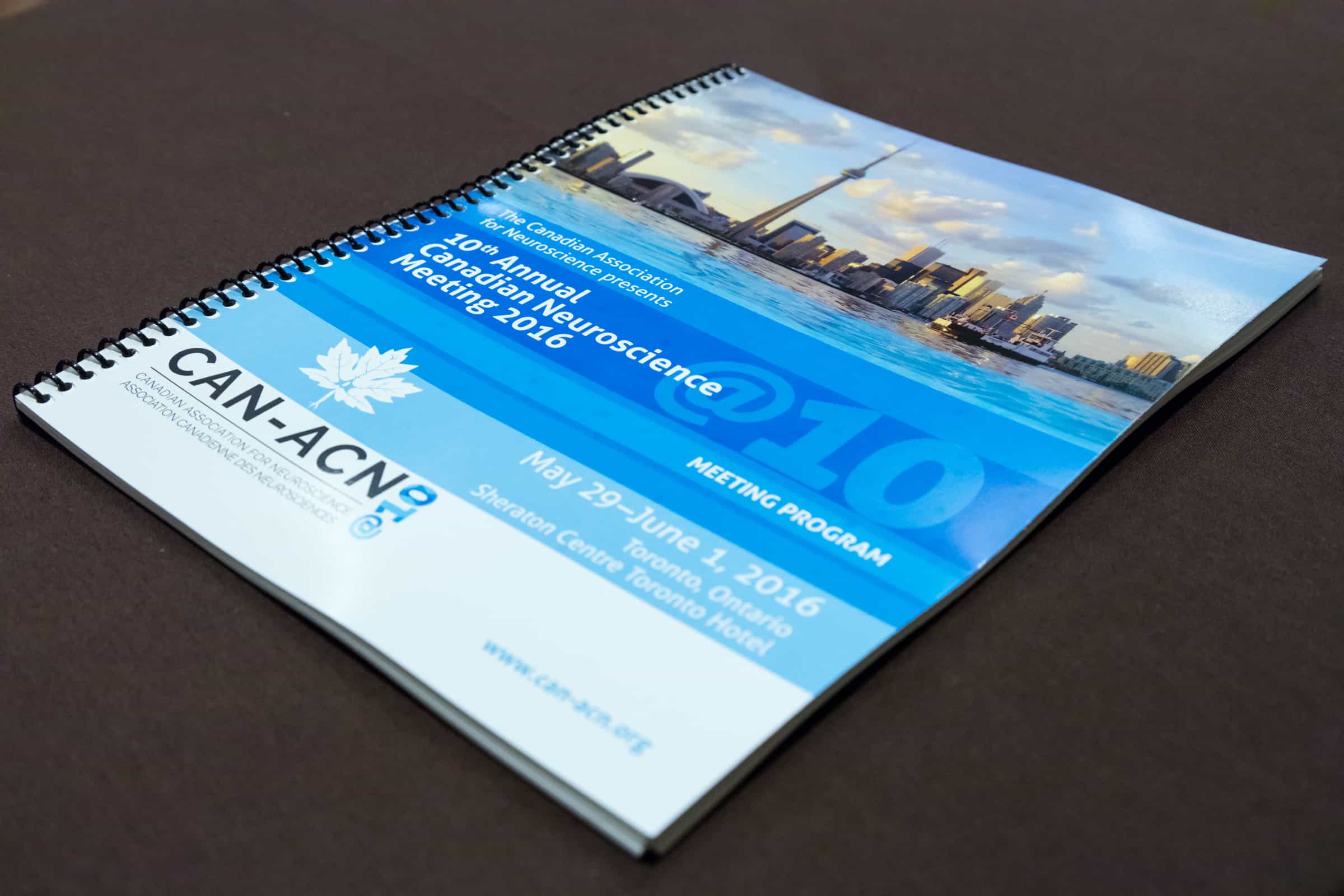[dropcap]R[/dropcap]owan Stringer, a high school student from Ottawa, got her first concussion on a Friday in 2013. On the following Monday, she got her second concussion, and on the Wednesday, her third. On the following Sunday, these head injuries ended the life of the 17-year-old rugby player.
Dr. Charles Tator shared Rowan’s story with the audience members of the 2016 Canadian Association for Neuroscience (CAN) Public Lectures. As the first of several events, these lectures heralded the 10th Annual Canadian Neuroscience Meeting, a symposium showcasing the top Canadian research in this field.
Leading neuroscientists Dr. Margot Taylor, Director of Functional Neuroimaging and Diagnostic Imaging at The Hospital for Sick Children, and Dr. Charles Tator, a neurosurgeon at Toronto Western Hospital, were invited to the Peter Gilgan Centre for Research and Learning to speak about their work with innate and acquired brain injury, respectively.
Dr. Taylor introduced the magnetic resonance imaging (MRI) and magnetoencephalography (MEG) brain imaging techniques currently being used in her studies. Her work centres on developmental differences in the pediatric population, comparing typically developing (TD) children with children born preterm or who have Autism Spectrum Disorder (ASD).
“MEG and fMRI are complementary in understanding the neural mechanism of cognitive function,” explained Dr. Taylor. “The main advantage of MEG is that it gives timing information,” whereas fMRI allows the researcher to “determine what brain regions are involved with cognitive ability.” Using these neuroimaging methods, she found that atypical working memory brain processes are found in the ASD group.
In addition to investigating working memory, a component of short-term memory that allows information storage during mental activity, Dr. Taylor explored a concept called theory of mind (ToM) in children with ASD. ToM is the ability to understand that other people have different perspectives from oneself. “People have to inhibit their own belief to understand what others believe,” said Dr. Taylor. “It is considered a key deficit in autism and is called ‘mind-blindness.’”
ASD is an innate disorder of brain development. On the flip side of the coin, Dr. Tator spoke about his research, activism, and experience with acquired brain injuries as a neurosurgeon.
“A concussion is a brain injury. In fact, it is the most common brain injury,” said Dr. Tator. Although the exact mechanism is unknown, experts believe that rotational head acceleration — rather than the tearing or bruising of the brain — causes concussions. The brain moves within the skull. “That’s why helmets don’t work. Helmets do prevent other types of brain injury but they don’t prevent concussions.”
Another concern with concussions is in its diagnosis. “We do not have a good biomarker,” said Dr. Tator. Concussions today are still diagnosed clinically, meaning they are dependent on the amalgamation of a clinician’s judgement with a patient’s self-reported symptoms. This requires the patient to be compliant and truthful. “Imagine having a major disorder that can only be diagnosed with autopsy,” Dr. Tator posited. A purposeful effort to hide the injury can fool the examiner. “We still witness this regularly in professional sports,” said Dr. Tator, recalling hockey player Sidney Crosby’s melee with concussions.
Beyond the NHL, this issue has blighted many lives, including Rowan Stringer’s. She lost her life after ignoring several symptoms of concussion. “This case alone indicates that concussion is a public health concern,” said Dr. Tator. “We are playing catch-up in this field. It’s been a completely neglected field for a long time, but not anymore.”
As a prelude to the 10th Annual Canadian Neuroscience Meeting, these lectures sparked discussion of current research by the neuroscience community.


